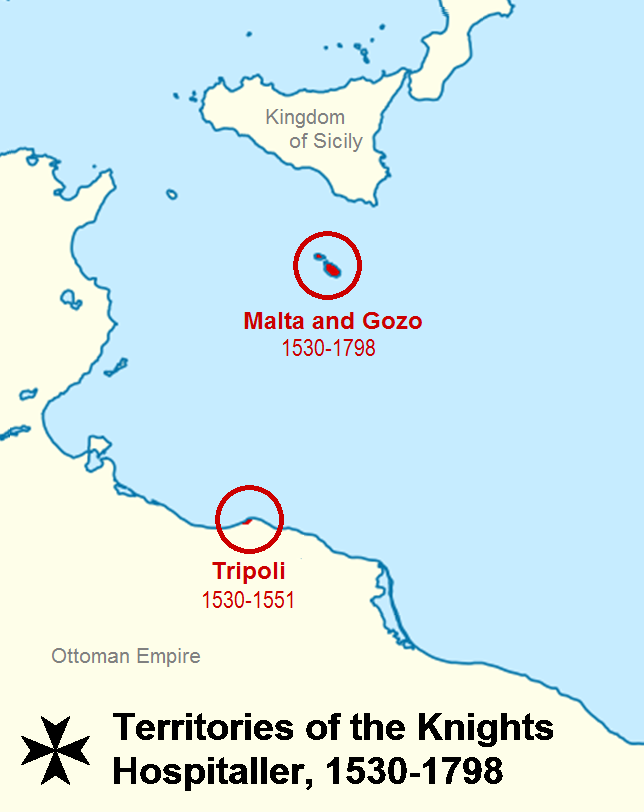
A knight thrown out of an island, in search of a new home.
A falcon soars high every year to provide sanctuary.
Story in the evening ...
A falcon soars high every year to provide sanctuary.
Story in the evening ...
https://twitter.com/Arby_K/status/1480729348596400128
Philippe de Villiers de L'Isle-Adam was born in 1464 to Jacques de Villiers de L'Isle-Adam, Lord of L'Isle-Adam and Jeanne de Nesle. His brother, Antoine, succeeded their father as Lord after his death in 1471, while his brother, Louis, opted an ecclesiastical career. 1/10 

It is likely Philippe followed his brother Louis for a career in clergy, since he was soon involved in the Order of Knights of the Hospital of Saint John of Jerusalem (Knights Hospitaller), which had been founded (officially) in 1113 as a monastic hospitaller order. 2/10 

The Order became a powerful force in Levant after it added land and knights, and transformed into a military order under Raymond de Puy. But the fall of Jerusalem forced them to find a new base. In 1309, they captured Rhodes from Constantinople and made it their base. 3/10 

By Philippe's time, the Knights Hospitaller had established themselves at Rhodes, but they had to deal with a formidable form in the Ottoman Empire. After the Ottomans conquered Constantinople in 1453, Rhodes became considerably less secure. 4/10 

It was at this juncture that Philippe de Villiers de L'Isle-Adam got elected as the head of his order in 1521. The new Grand Master had his work cut out for him. The Ottomans besieged Rhodes in 1522 and this time the knights capitulated and had to leave the island. 5/10 

The Knights Hospitaller were homeless again. Meanwhile, Philippe's nephew, Charles, who had inherited L'Isle-Adam from Antoine in 1504, sold it off to a relative, Anne de Montmorency, in 1527. Anne de Montmorency had become Grand Master (grand maître) of France in 1526. 6/10 



France and the Holy Roman Empire were at war over Italy at the time. The Pope found himself wrong footed allying with France, when the imperial soldiers came to Rome in 1527. It didn't take long for the Pope to switch back to the imperial side. 7/10 

The Knights Hospitaller travelled from Crete to Messina to Viterbo to Rome to Nice in search of a new base of operations. But it was only in 1530 that they could acquire a new base, and that too for a very odd price. 8/10 

Philippe de Villiers de L'Isle-Adam received the islands of Malta and Gozo and Tripoli on the African coast from Emperor Karl, who was also King of Sicily. In return for its usage, the Knights Hospitaller had to provide, among other things, a single Maltese falcon annually. 9/10 



It didn't take long for the Ottomans to seize Tripoli, but Malta was another story. A great siege in 1565 failed to provide results after the Knights Hospitaller withstood the Ottoman force. It was only in 1798 that the Knights lost Malta - to the French under Napoléon. 10/10 

• • •
Missing some Tweet in this thread? You can try to
force a refresh














